As we get into the anatomy or basic parts of ammunition, I have a hard time not thinking back to my college days.
I remember looking over the pre-med students’ shoulders back in college. I saw that to become a doctor you have to memorize anatomical names such as occipitofrontalis, zygomaticus major, and, I kid you not, levator labii superioris alaeque nasi. A pre-med student would be lucky not to accidentally cast a magic spell by reading their homework out loud. That’s why it’s better to work with ammo — not only do you have to learn just a few simple names of components, but you get to talk about pro-gun issues instead of prostate issues.
What Parts Make Up Ammo?
-
Bullet
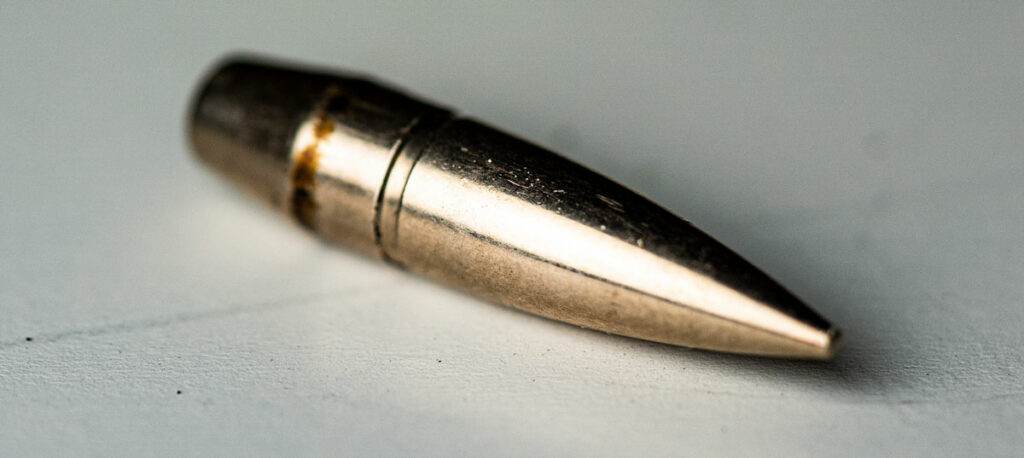
“Bullet” is the term that the uninitiated use to refer to a whole cartridge.
If someone asked you for more bullets during a firefight, they would be sorely disappointed if you handed them bullets and bullets alone.
Needless to say, the bullet is the component that puts a hole wherever you want there to be a hole.
Lead makes up nearly all bullets. You’ll see a shiny outer coating because metal jackets often wrap the outside of the lead core. Some bullets are more exotic, such as frangible bullets that are made out of compressed copper powder, and monolithic copper bullets for hunting and self-defense. Today, we even see polymer and synthetic bullets made of plastics like Federal’s Syntech ammo.
A full metal jacket bullet is not designed to expand during penetration, but hollow points, soft points, and some bullets with polymer tips are designed to accentuate damage by widening significantly during their terminal performance.
-
Casing
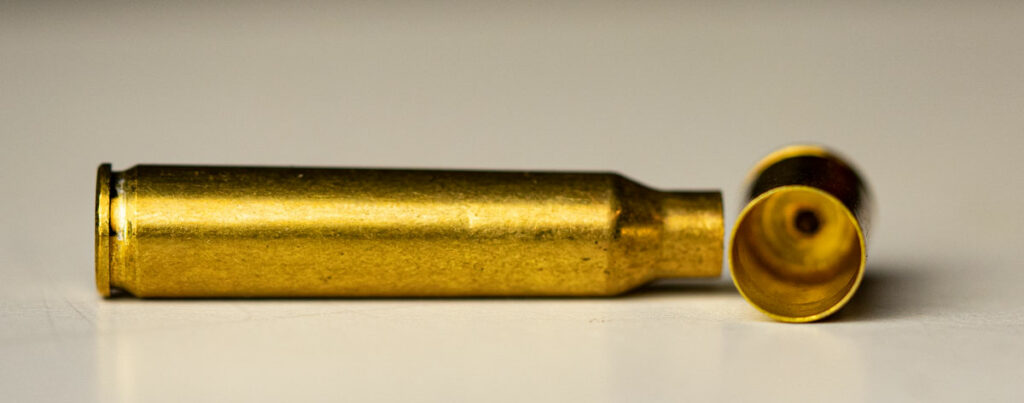
The casing is a metal tube that is open on one end to seat the bullet and enclosed on the other to house the primer.
American-based manufacturers predominantly use brass to make their casings. The alloy is supple enough to spring outward. This seals the chamber during ignition. As it cools, the casing returns to its original dimensions to permit easy extraction from the firearm.
Brass is relatively expensive because it contains copper. Steel casings are typically cheaper, and ammo factories often use them along with aluminum in place of brass. Such casings have shortcomings. Perhaps the biggest issue shooters have with them is that they lack the elasticity to be reloaded.
That said, it’s not uncommon to save 20-30% if you’re willing to not run brass casings through your rifle.
A casing may have a rim or belt around its base that can assist in extraction or provide headspacing, and can be straight-walled or tapered as well. A brass casing can also wear a thin layer of nickel to lessen the friction it creates as it feeds and extracts, as well as protect against corrosion.
-
Primer
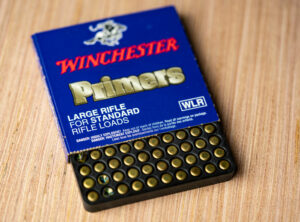
The earliest primer was essentially a slow-burning match which the pull of the trigger jammed into propellant.
Modern cartridges utilize internal priming, which enables all the components necessary for a gunshot to be conveniently assembled in one piece. A contemporary primer responds to the strike of a firing pin with a chemical reaction that ignites the propellant — the resultant explosion provides the pressure which pushes the projectile through the barrel and out the muzzle. Outside of specialty cartridges, you will encounter one of two primers: rimfire, a circular primer that circumferences the base of the casing, and centerfire, a cylindrical primer that is inserted into the center of the casing’s base.
This may go without saying but don’t store primers near open flames.
-
Propellant/Powder
Just like you shouldn’t call your cartridge a “bullet,” you shouldn’t call your propellant “gunpowder,” either. “Gunpowder” specifically refers to black powder, the original mixture of sulfur, charcoal, and saltpeter that the Chinese invented in the 9th century. Modern propellant can include moderants, stabilizers, and other performance enhancing additives. It not only burns a whole lot faster than gunpowder, but does so without creating a big puff of smoke that made following orders on a battlefield nearly impossible back in the day. Propellant most often takes on the form of tiny balls or cylinders, and its shape greatly influences the rate at which it burns.
Shotgun Ammo Components
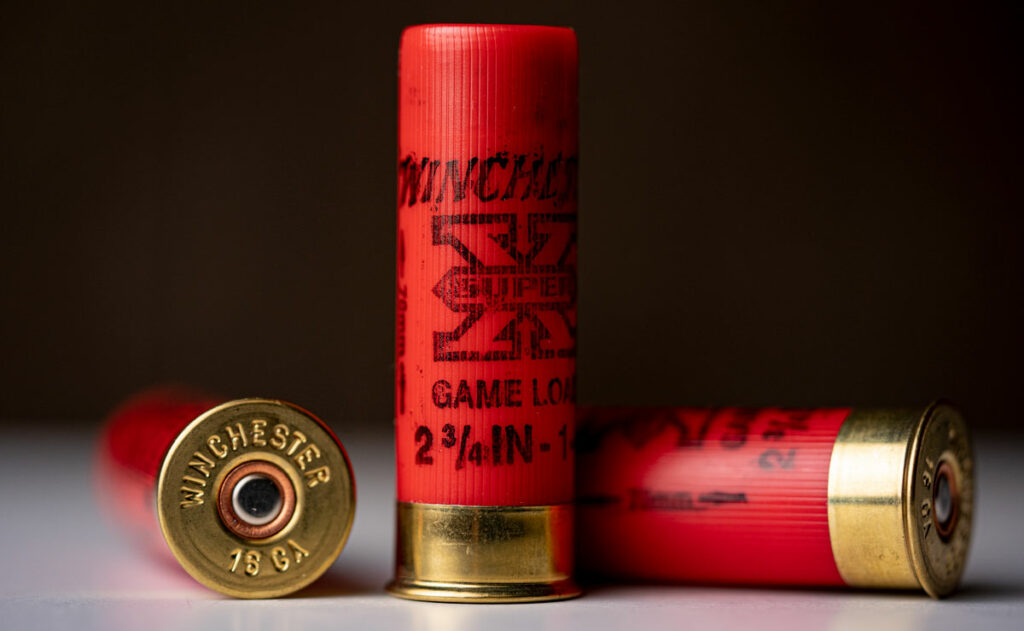
Shotgun ammo isn’t all that different from a centerfire rifle or pistol cartridge. You still have a primer that starts the ignition sequence and propellant along with a casing. For shotgun ammo, you don’t typically have a loaded bullet that sits atop the casing though. Instead, you’ll find the projectile(s) inside the casing as the pellets or slug.
5. Shot Pellets or Slug
A shell typically has one of two types of projectile: shot pellets or a slug. Shot pellets can range in diameter from 0.04” (dust shot) to 0.38” (0000 shot). Depending on their size, you can use them for shooting pests, clays or upland game, waterfowl, or medium to large game.
Most big ammo brands make their shot from lead. However, more states are requiring steel pellets for waterfowl hunters each year. (Ground contamination is of concern.) A slug is a single projectile, like a bullet, that effectively transforms a shotgun into a weapon more akin to a rifle. Several styles of slugs are available including Brenneke, Foster, and sabot. Hunters commonly use slugs during deer season where states or local governments ban rifles. Of course, self-defense shooters could also consider slugs suitable for personal protection as well.
-
Wad
Not the most complicated part of a shotshell, the wad cups the shot together so that ignition can propel it down the barrel and out the muzzle in a tight pattern. Air resistance quickly detaches the wad from the shot it has cupped. Some manufacturers have designed wads that pattern shot more closely farther out, such as Federal with their FliteControl wad. Note that the thin barrier which keeps a shell’s propellant in place is also called a wad.
-
Hull
The hull is analogous to the cartridge’s casing. Manufacturers make most of these from plastic, although they’ve used paper and brass hulls in the past as well. Factories typically crimp the tip of a hull shut until ignition forces it open to unleash the shot pellets. Manufacturers may also use a roll crimping method if they loaded the shell with a slug, or seal the shell with a card in the case of buckshot.
-
Base
The base is nearly always made of brass, which strengthens the hull. It also contains a socket that houses the primer.
A “high brass” shell has a longer base — this was functional back when hulls were made of paper. Today, high brass serves mostly as a visual cue that the shell is more powerful. The base also provides a rim that aids in extraction.
That just about sums up all the parts that make up a round of ammo.
You put them all together and what do you get? A loaded pew just waiting for the right firearm to give it life and bring a smile to a shooter’s face at a range near you!


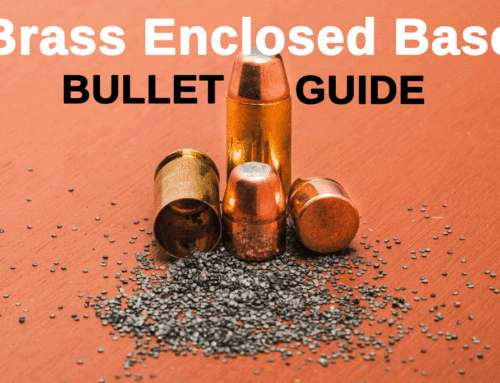
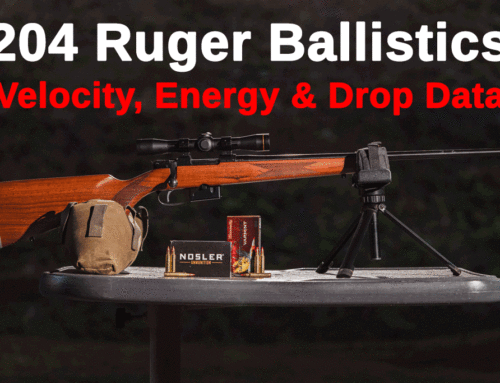
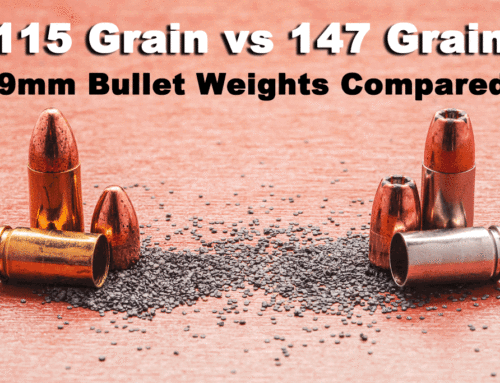
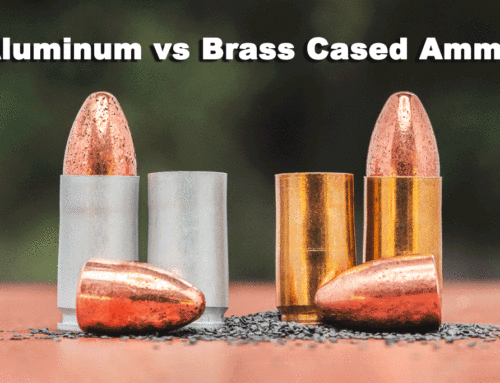
Leave A Comment